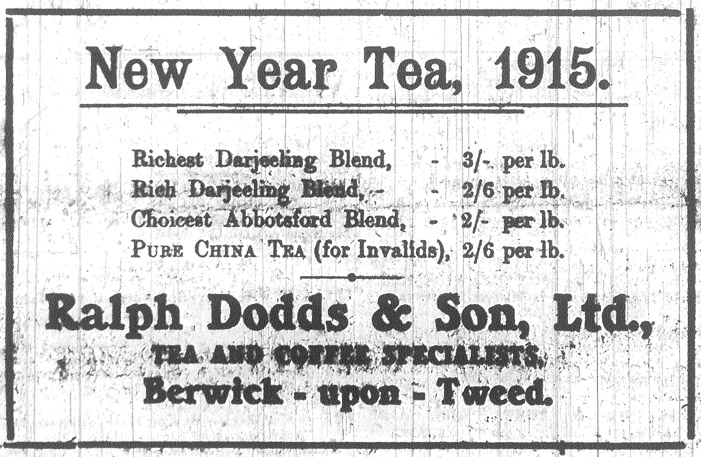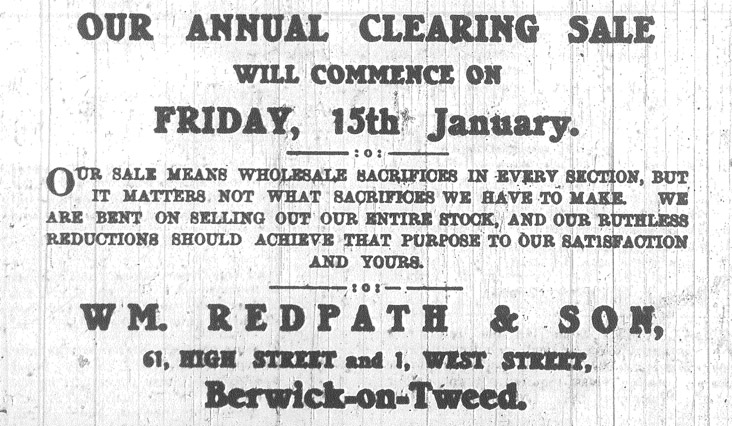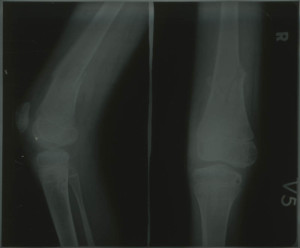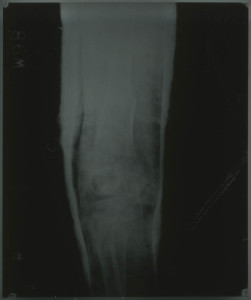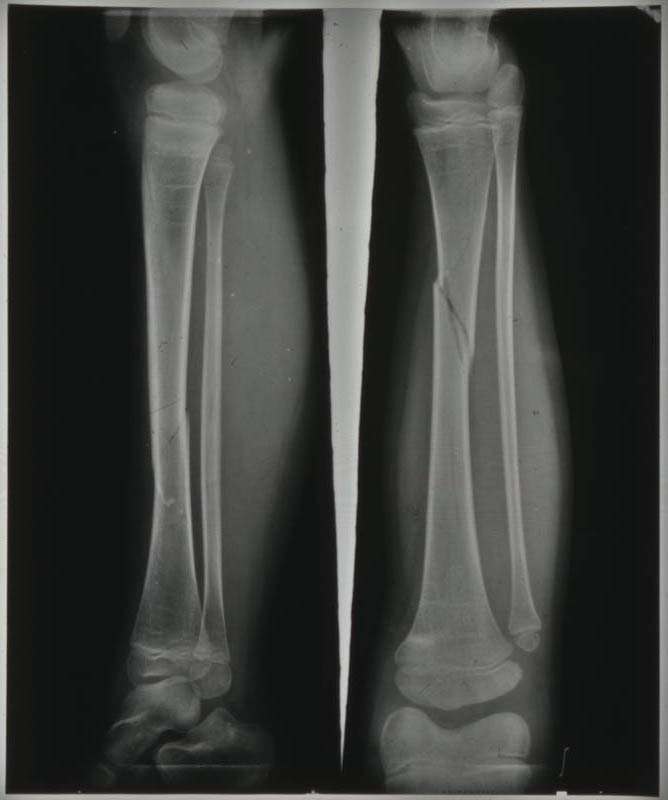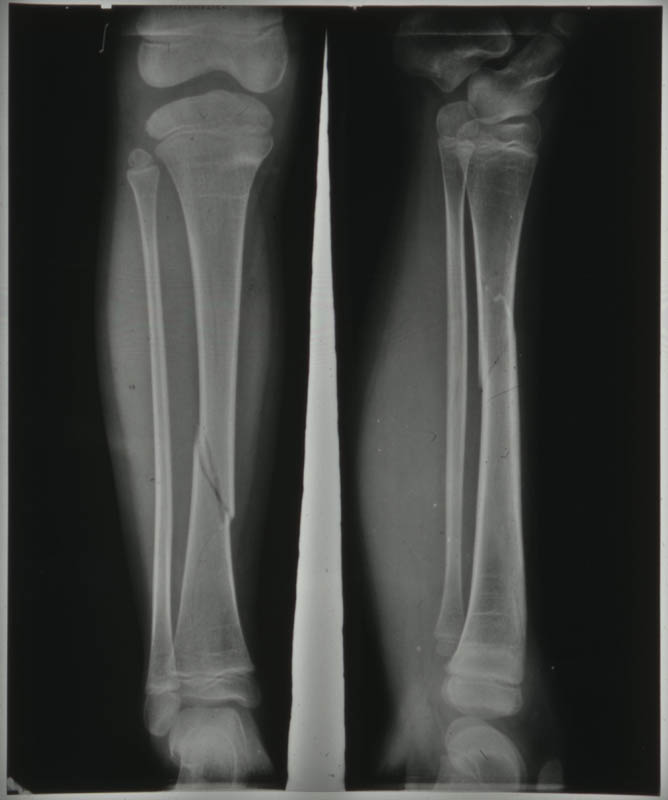At present we are concentrating upon the collections we hold within Northumberland Archives. Based upon the original MDR card index this constitutes 22% of the manorial records known to relate to the county. A proportion of the manorial documents we hold have been item listed and are easy to load directly to the database.

Large quantities however are listed at bundle level or are mixed within totally unlisted collections. Manorial records are often found in family and estate papers. Northumberland’s major landed families held large quantities of land much of which was manorial. The head of the family was often lord of the manor. As there was no central registration of land ownership the manorial records were an important source of proof to the ownership of land and property.
We are required to identify, describe and date individual document types therefore we need to check all of this material individually to ensure we record all the manorial records we hold.
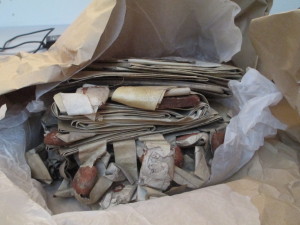
This in itself is one of the most interesting elements of the project as you never quite know what you are going to find amongst the unlisted records.
When we start examining the bundles we are looking for specific types of manorial document which can often be mixed with deeds and other records from the same collection. Luckily many can be identified from their appearance alone. The Court Roll is a good example. Early manorial courts recorded the court proceedings on pieces of parchment which were stitched together to form a roll. This was later replaced by paper and even if not in the form of a roll these documents are often much larger and longer than other contemporary records so are quite easy to pick out from their physical appearance.
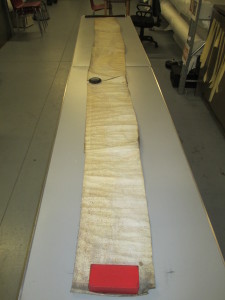
The Court Roll format is also quite specific and always begins with the name of the manor on the left, and then to the right the type of court, the name of the lord of the manor, where the court was held and when, and the name of the presiding official. This is usually followed by a list of tenants who failed to attend court; surrenders and admissions which record changes in tenancy; a list of jurors; presentments to be considered by the jury and any other court business arising in that particular session.This general formula is very useful when dealing with rolls in Latin because the same phrases crop up and can be easily translated into English.
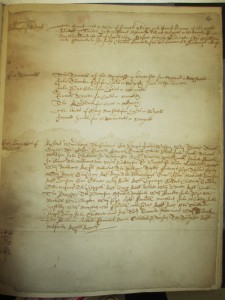
There were two types of manorial court; the Court Baron was the principal manorial court and was held every 3-4 weeks. It dealt with the main administration of the manor and offences against it. The Court Leet was held every six months and dealt with the enforcement of law and minor offences within the manor. This court usually includes the ’view of frankpledge’ a system of mutual responsibility for law and order. Court rolls can often be found together in series covering a number of months or years and may have other court papers attached to them. Each time we look at unlisted documents we are hoping to find court rolls as these provide proof that the manor existed and operated as such.


